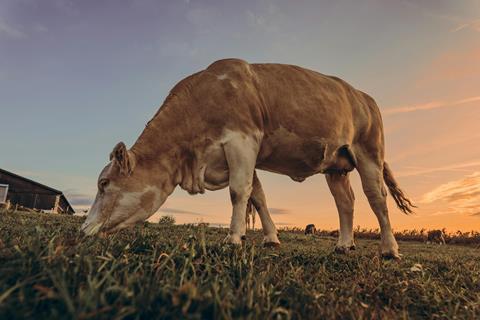Diet and evolutionary history have long been viewed as the main drivers of the mammalian gut microbiome. However, a large-scale study led by researchers at the Institute of Zoology, Chinese Academy of Sciences, has unveiled a previously underappreciated factor: gut morphology.

Published in Science China Life Sciences, the study offers the first systematic evidence that gut morphology significantly influences both the structure and function of gut microbial communities.
READ MORE: New report outlines microbial solutions to mediate methane emissions
While gut morphology has been suggested to play an important role, its influence has not been systematically validated across comprehensive gut types or broad mammalian taxonomic levels. Moreover, due to its strong correlation with host phylogeny, gut morphology has often been overlooked or not independently considered in microbiome research—potentially introducing biases in previous findings.
To address these, researchers analyzed over 1,400 gut microbiome samples from 292 mammalian species, encompassing five detailed gut morphology types: functional ruminant, ruminant-like, cecum fermenter, colon fermenter, and simple.
Gut morphology
The team found distinct gut microbiomes corresponding to different gut morphology types. Both foregut and hindgut groups showed internal heterogeneity, which could be subdivided into functional ruminant and ruminant-like, and colon and cecum fermenters, respectively.
Although UCG-005 and Prevotella dominated the two groups, their microbiomes exhibited functional convergence, particularly in pathways like starch and sucrose metabolism—supporting the ecological theory of “functional redundancy.”
In contrast, simple-gut species exhibited strikingly different microbial profiles, with the lowest diversity, enrichment in lipid metabolism, and dominance of Fusobacterium, reflecting a protein-focused digestive strategy.
Microbial fingerprint
The study identified three distinct mammalian enterotypes, each closely aligned with gut morphology and dominant bacterial genera: Fusobacterium in simple-gut species, UCG-005 in foregut fermenters, and Prevotella in hindgut fermenters.
This clear correspondence suggests that mammalian enterotype variations are most likely unique to the gut morphological variations. These enterotypes may serve as biomarkers for predicting gut morphology types.
Using multiple statistical models, researchers quantified the impact of gut morphology and other factors. In category involving simple-gut species, gut morphology had a stronger effect on microbiome structure and function than phylogeny. Even in cases where phylogeny played a larger role, gut morphology remained a significant independent factor. These trends also held in special ecological niches such as high-altitude environment, folivory, and Primates, highlighting its role in adaptive evolution.
“This research shows that the host’s digestive tract is not merely an evolutionary artifact, but an ecological niche blueprint for its microbial inhabitants,” the authors note.







No comments yet